什麼是營銷心理學以及如何去做?
已發表: 2021-12-24您是否曾經嘗試過闖入客戶的頭腦並找出他們想要的東西? 您是否曾經想知道說服他人做某事的最佳策略?
心理學有你正在尋找的解決方案。 心理學是對人類思想和行為的研究,它可以應用於廣泛的領域,從日常生活和治療到人類服務。 然而,您可能想深入研究心理學和營銷的結合。
在現代營銷出現之前,在“以客戶為中心”或“消費者行為”等流行語出現之前,營銷與心理學之間的關係即使不是零也很少。 今天,心理營銷(或營銷心理學)是任何有利可圖的業務的支柱。
如今,營銷人員要想有效地開展工作,可以公平地說,他們首先需要充分了解客戶是誰、客戶的需求以及促使他們購買的因素。 對你來說,這聽起來像心理學嗎? 如果是,那是因為這些策略以心理學理論為中心,通常被稱為營銷心理學。
什麼是營銷心理學?
營銷心理學研究人們思考、行為、推理和做出選擇的方式。 營銷心理學旨在建立一種經過計算的情感吸引力,從而激發客戶,這是獲得終身客戶所需要的一切。
無論您提供的產品多麼獨特,您總是很有可能與某人競爭。 營銷心理學的目標是在競爭中取得優勢。 歸根結底,人類是你要打交道的人,人類是情緒化的。

理解組織目標和人類行為可以為您的營銷策略帶來更多機會和令人興奮的想法。 花時間充分了解一個人的行為方式將有利於您的公司,因為它會發現在潛在客戶中引發有益情緒反應的方法。 如果您的公司能夠識別出這種公司目標和人類行為的交叉點,那麼公司無疑會升級。
要點:營銷心理學通常被描述為“將一系列心理學原理整合到您的內容、營銷和銷售策略中”。 除此之外,您還可以將營銷心理學視為發現人類傾向並確定其如何應用於他們的購買決策的一種方式。
營銷心理學的主要原則是什麼?
您不必成為心理學家就可以在潛在客戶中產生積極的情感吸引力。 許多營銷專家使用這些技術取得了巨大的成功。 您也可以進行一些研究和實驗。
了解個人如何以及為什麼以這種方式行事和運作是有效營銷的重要組成部分。 您所有的營銷工作都應該源於這些知識。 例如,如果您是製作信息圖的內容營銷人員,如果您從目標用戶開始,您的嘗試會更加成功。 誰是觀眾,為什麼他們應該看圖形? 看完你的照片,你想讓他們做什麼?
我們已經完成了研究並編制了八種頂級營銷心理學策略,以幫助您開展營銷活動。 我們將研究這些策略如何影響客戶行為,並闡明如何將這些策略實施到更廣泛的營銷活動中。
營銷心理學原則 1 - 社會證明。
大多數廣告商已經知道這個概念,但它太重要了,不能被忽略。 將社會證明視為“我也是”效應,人們傾向於接受他們喜歡或信任的一群人的意見或行為。 想像一下從中學開始的尷尬舞蹈——沒有多少人有足夠的信心成為舞池中的第一個。 儘管如此,在幾個人在那里之後,其他人都想跳進去。
根據社會證明理論,人們做出決定取決於他人的行為。 但是營銷與此有什麼關係呢?
當人們看到其他人使用和享受公司的商品時,他們更有可能從公司購買。 良好的反饋、大量的常客和積極的用戶生成內容 (UGC) 使您的品牌更有可能獲得更多買家。

將社交證明用作營銷活動對於吸引新客戶特別有用。
新客戶尚未與該項目進行直接互動,因此他們會向當前或過去的客戶尋求他們的體驗。 分析一直表明,人們更可能相信其他買家對產品的看法,而不是相信公司對自己的看法。
您需要一個想法來突出您的快樂購物者。 我們為您準備了三個。
每當有新客戶給您正面評價時,請求允許在您的社交媒體帳戶上發布評論。
例如,星巴克不斷將客戶內容(例如客戶在 Instagram 上的短視頻和圖片)分享到其社交媒體,甚至在其網頁上徵求客戶的建議。 他們還轉發了用戶在其社交媒體帳戶上生成的內容,從而創造了更多互動。 因此,您可以看到他們緊密結合的用戶社區總是排隊等待購買新的節日主題杯子或特色飲品的機會。

說到用戶生成的內容,您可以查看 Apple 的#ShotiniPhone 活動。 為了向世界展示其 iPhone 相機的強大功能,Apple 開展了一項名為 #ShotoniPhone 的 UGC 活動。 然而,Apple 不只是隨機選擇任何圖片發佈在其 Instagram 上; 他們在確定要分享的客戶照片方面有著非常高的標準——該品牌 Instagram 上的 UGC 圖片都以清晰的細節和鮮豔的色彩令人驚嘆。 這個標籤是病毒式的,有近 1000 萬個帖子。
就像蘋果一樣,你也應該對你分享的內容有點挑剔。 您的 Instagram 提要更具說服力,您的高標準將激勵更多人提交。

推薦計劃是另一個強大的工具,可讓現有客戶傳播有關您的品牌的信息。
以領英為例。 在個人層面上,Linkedin 允許其用戶相互撰寫評論和推薦。 考慮到大多數 Linkedin 用戶都是訓練有素的從業者,來自他人的正面評價將成為您的才能和職業道德的活生生的證據。
特斯拉也有很棒的想法供您竊取。 電動汽車公司特斯拉已更新其推薦政策,以反映其多年來不斷增長的客戶群。 2015 年,他們給了 1,000 美元,用於將朋友推薦給客戶。 從那以後,他們修改了計劃,讓推薦幾個人的特斯拉車主有權獲得更好的獎勵,比如像 Powerwall 2 這樣的獨家電池。例如,第一個推薦他們所在地區 20 個人的人亞太北部美國或歐洲可以獲得免費的 Model S 或 Model X。其他推薦獎品是邀請獨家派對以及購買其他市場上沒有的限量版商品的機會。

社會證明營銷不僅意味著口碑。 社會證明還意味著專家、名人和用戶評論的令人信服的力量,作為增加人們對您的產品或服務的信任的一種方式。 而現代,社會證據營銷的影響力已達到前所未有的高度。 以下是您應用社會證明的其他方法。
聘請專家:專家是那些花費無數時間掌握自己的工作並成為其獨特領域的先驅的人。 這就是為什麼當他們認可或被看到使用特定產品時,有這種特殊需求的追隨者可能會聽取專家的建議。 專家社交證明可以有多種形式,例如,在您的 Facebook 和 Instagram 頁面上進行實時問答,或者要求專家在社交媒體上發表他們的意見。
讓您的產品得到名人的認可:名人和社交媒體博主對他們的追隨者群體產生巨大影響,這可能會轉化為您公司的數千名新客戶。 許多品牌使用代言的一個例子是聘請一線名人參加競選活動,或者將您的產品提供給在您所針對的人群中擁有權力的影響者。
營銷心理學原理 2 – 稀缺性
稀有物品總是比日常物品更有價值。 想想稀有礦物,例如祖母綠或紅寶石,它們的價值更高,因為它們很稀有。 這就是稀缺性原則。
這種心理學理論表明,如果存在稀缺性,人們會更加重視產品。 它不僅僅是珍貴的寶石。 一項研究表明,當可用的餅乾較少時,人們會更加重視類似的巧克力曲奇。
在營銷方面,稀缺性原則表明,如果人們認為商品供不應求,他們更有可能購買產品或支付更多費用。
將這種營銷心理視為害怕錯過(FOMO)。
換句話說,消費者不想錯過可能很快就會缺貨的商品。 稀缺性會引起一種緊迫感,從而促進衝動購買。 為了建立稀缺感,您可以進行臨時交易或供應量少的交易。 在活動中使用諸如“售完即止”或“僅剩 12 小時”之類的語言,讓客戶知道,如果他們不盡快購買,他們將永遠沒有機會再次購買該產品。
看到交易將到期,客戶更有動力完成他們的客戶旅程。 並做出購買決定。
以下是公司可以應用營銷心理學稀缺性的其他一些方法。
- 黑色星期五銷售:黑色星期五最初是分配給感恩節後第二天發生的銷售的名稱。 儘管如此,它已迅速成為一種全球趨勢,吸引了全球各地的逢低吸納者。 幾十年來,零售商一直致力於圍繞大打折的日常用品營造一種稀缺感,尤其是在這個購物旺季。
談到黑色星期五,沒有比亞馬遜更好的例子了。 他們的 Prime Day 活動一直是整個行業通過在節日期間為購物者提供創新體驗來提高利潤的一種案例研究。 亞馬遜在黑色星期五成功促銷的關鍵在於其完全數字化的電子郵件營銷方法,從個性化的電子郵件促銷到包含促銷標題到電子郵件,以及向 Prime 會員獨家授予早鳥使用權。
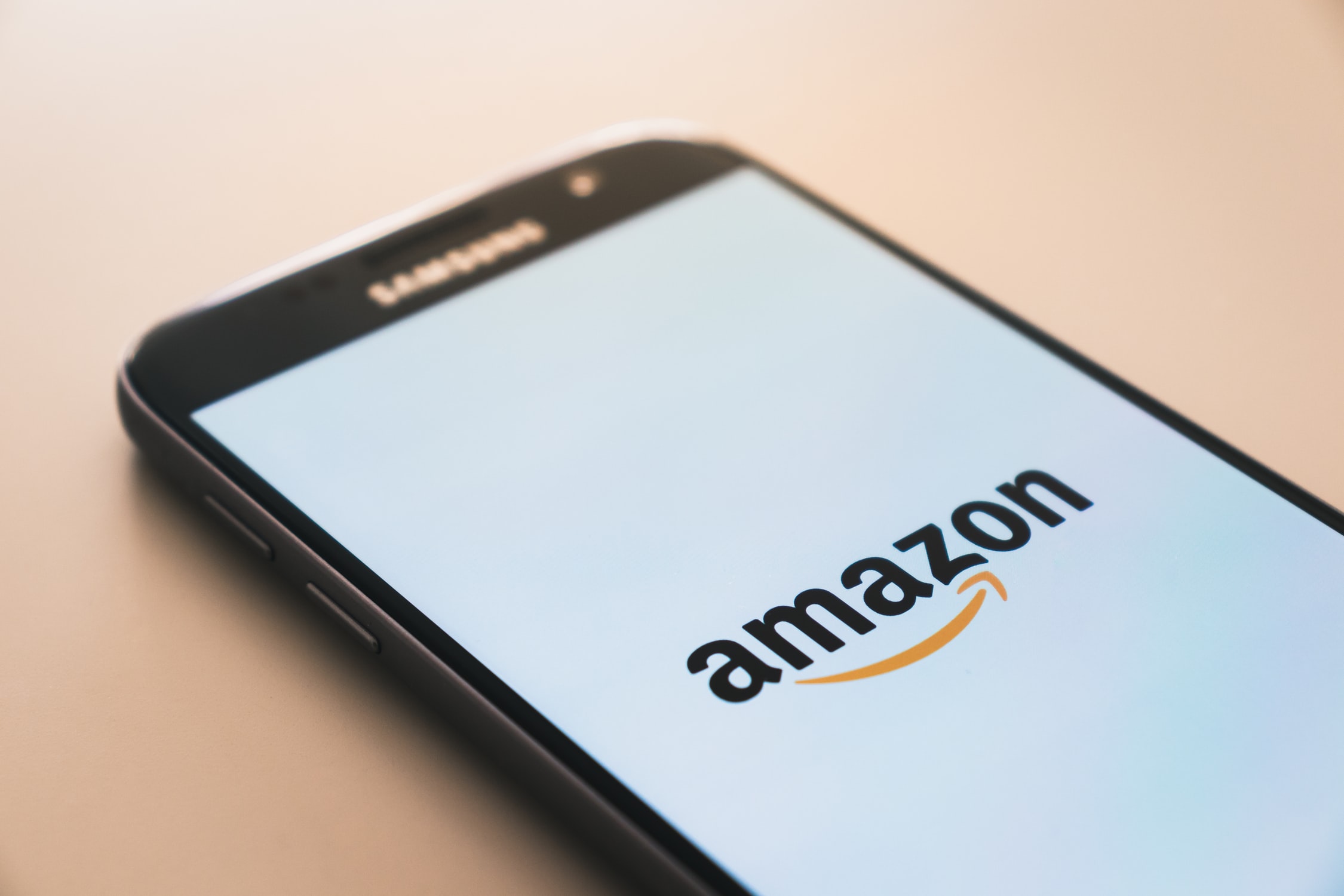
黑色星期五期間,亞馬遜在各個方向利用電子郵件促銷來提高利潤。 此外,亞馬遜還發送推送通知以鼓勵人們打開亞馬遜應用程序並下訂單。 他們還發送個性化的時事通訊以及流行的 Prime 視頻、活動和產品建議,以在 Prime 用戶中引起轟動。 2018 年,亞馬遜的黃金時段收入增至 41.9 億美元。
- 獨家使用權:品牌可以通過升級的會員選項使他們的產品感覺優質和獨特。 無論是 VIP 訪問獨特的禮物還是獲得產品的高級選項,訪問其他人無法廣泛使用的東西會讓客戶覺得他們擁有的東西是有限的,因此是獨一無二的。
例如,耐克在 2017 年推出了耐克應用會員計劃,為會員提供獨家購物福利。 NikePlus Unlocks 是耐克通過提供更強大的移動購物平台來改善其數字購物體驗的延伸。
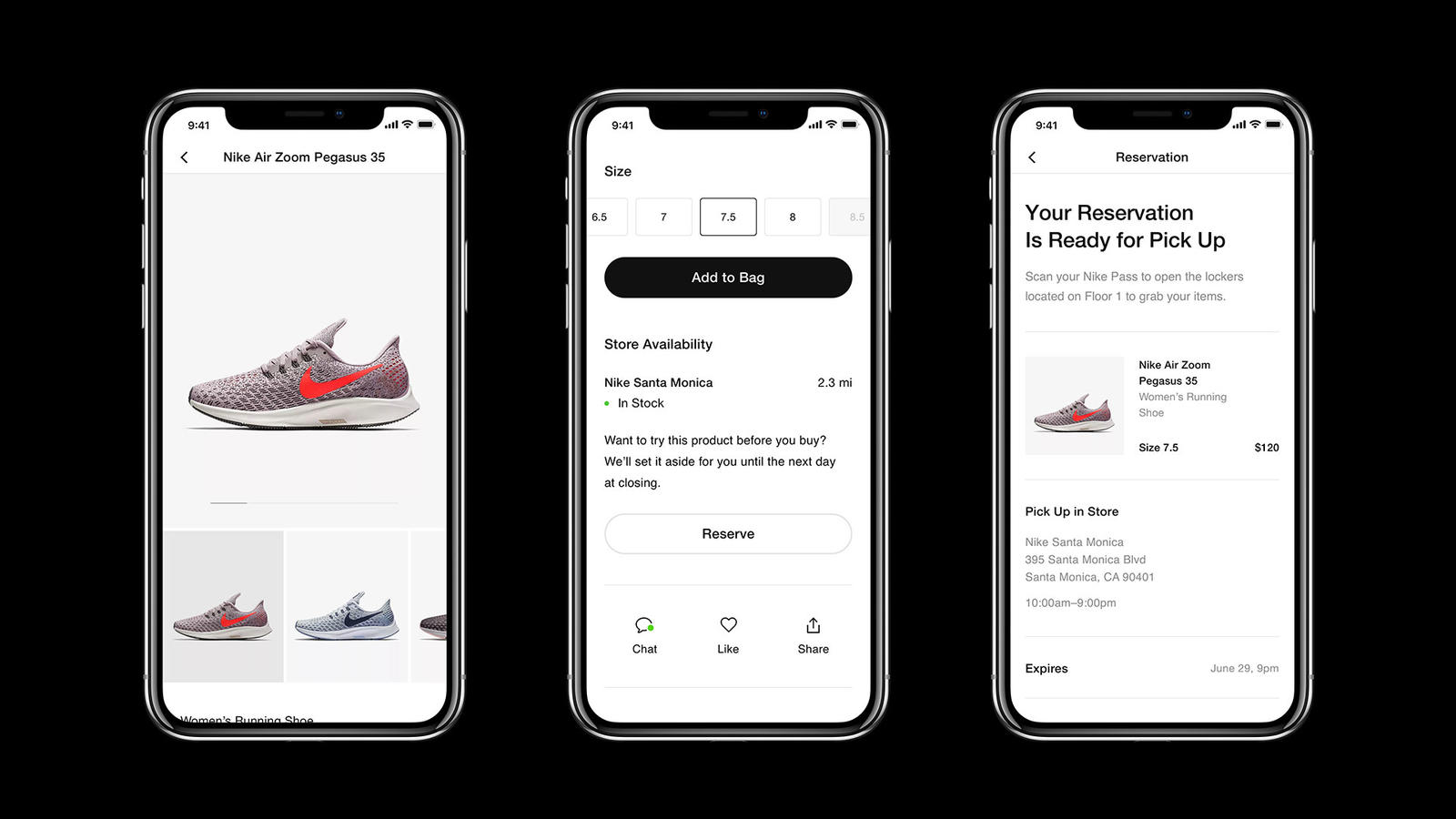
Nike App 內置基於之前購買的智能預訂系統,允許會員獨家訪問特定產品並實時獲取 Nike 代表消息。 Nike App 還讓您有機會購買僅限會員的高級產品,包括珍貴的合作和最新的創新,以及定制該產品的選項。 事實上,Nike App 是唯一讓客戶可以定制全新 Nike Air Vapormax 和 Nike ACG Mowabb iD 專屬配色的地方,或者通過為 Nike Air Force 1 添加超大標誌和定制花邊裝飾來彰顯您對團隊的無限熱愛高 NBA iD。 Nike App 也是您購買 Nike Hyperadapt 1.0 原版配色的唯一地方。
營銷心理學原則 3 – 互惠
當有人給你禮物時,你是否覺得有必要給他們一些東西作為回報(或者如果你沒有給他們任何東西,至少會感到羞恥)? 這種感覺被認為是心理學中的互惠原則。
營銷心理學中的互惠原則意味著,如果提供免費產品,消費者通常會覺得對企業負有責任。 有很多方法可以在營銷中利用互惠原則。 公司通常通過提供免費內容(例如獨家電子書、文章、品牌運動衫,甚至免費桌面背景)來使用這一原則,以獲取潛在買家的詳細聯繫信息。 即使是像手寫筆記這樣微不足道的東西,也可以在建立互惠關係方面創造奇蹟。 **在要求交換東西之前,請確保您免費提供一些東西。 客戶看到的第一個廣告應該突出他們將收到的內容,然後在他們點擊優惠鏈接後詢問他們的聯繫方式。 **
例如,一家園藝用品公司向現有客戶發送免費的種子和調查包。 由於客戶已收到公司贈送的禮物,他們可能會覺得有義務填寫並返回調查表。
或者,如果您在餐廳的賬單中收到了薄荷糖,那麼您很可能已經成為互惠的受害者。 據西奧迪尼介紹,當餐廳不給食客薄荷糖時,他們會根據自己對所提供服務的判斷給小費。 使用一枚薄荷糖,小費會上漲 3.3%。 兩塊薄荷糖? 小費跳躍飆升至大約 20%。
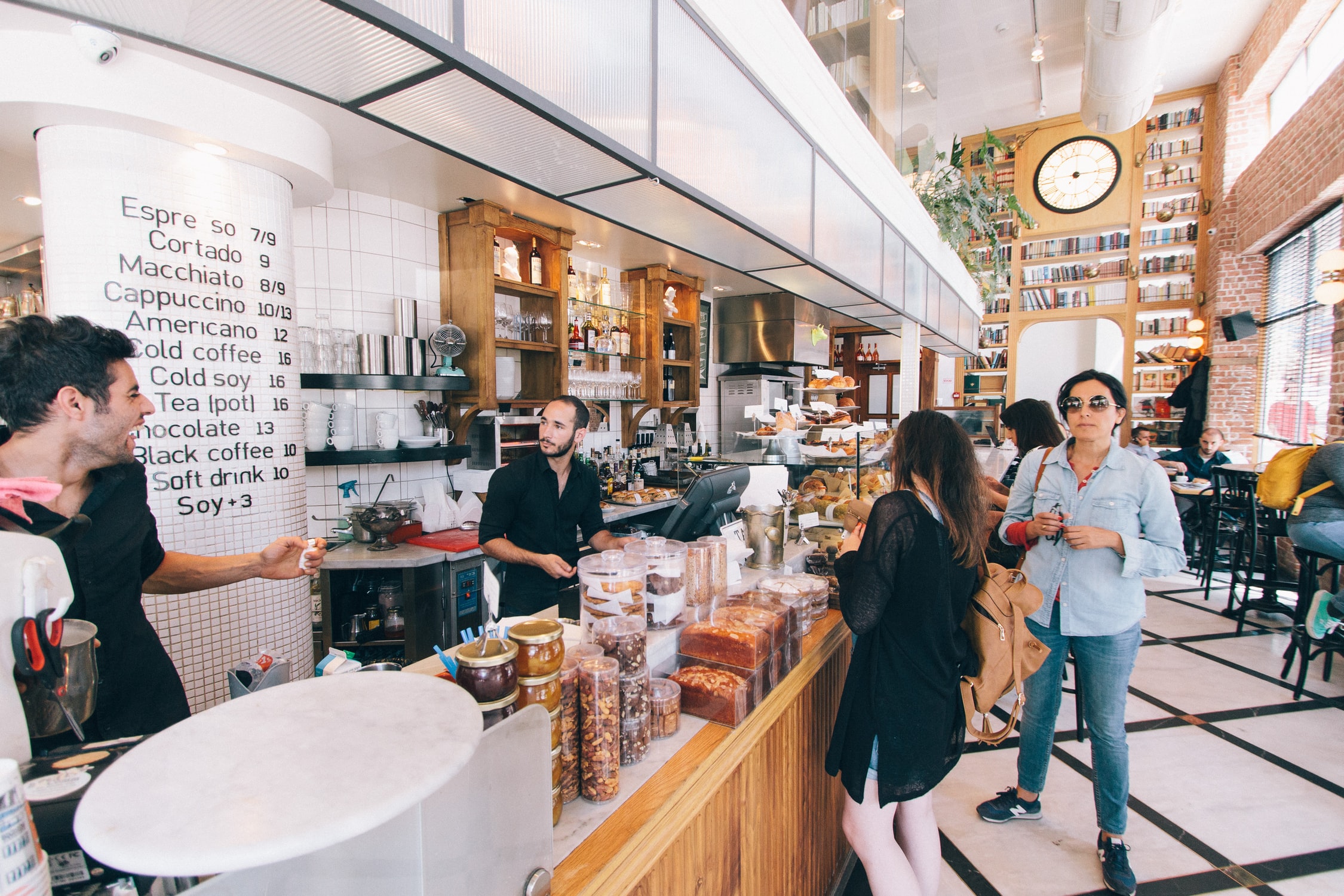
另一個例子,Body Shop 通過提供免費樣品來使用互惠原則。 這種策略取決於人腦中的讓與取原則。 在做出決定時,消費者會傾向於回饋一些東西來滿足這種與生俱來的互惠本能。

營銷心理學原則 4 – 損失厭惡。
顧名思義,損失厭惡原則是指人們傾向於避免損失而不是獲得其他同等價值的東西。 換句話說,一旦人們擁有了某樣東西,他們就真的不喜歡失去它。
例如,人類對失去 10 美元感到不安,而不是我們對找到 20 美元感到高興。 為什麼我們會有這樣的行為? 這可能是因為人類的大腦將失去與強烈的焦慮和恐懼聯繫在一起,並且發現消極情緒對人的影響比積極情緒更深刻、更持久。
當 Daniel Kahneman 深入研究這個概念時,他將參與者分為不同的組。 第一組被給予一個簡單的選擇,即接受杯子或巧克力棒。 第二組被分配了一個馬克杯,然後提供了將馬克杯換成巧克力棒的機會。 相比之下,第三組首先獲得了一塊巧克力棒,然後有機會將其換成一個杯子。
在第一組中,略多於一半(56%)的受試者選擇了馬克杯而不是巧克力棒。 然而,對於第三組,在獲得巧克力棒後,90% 的人拒絕了更換巧克力棒以獲得杯子的機會。 相比之下,第二組的參與者中有近十分之九 (89%) 拒絕將他們的杯子換成巧克力棒。
這個故事的寓意是人們不喜歡失去他們已經獲得的東西。
要實施此營銷心理學原則,請嘗試圍繞損失重新構建您當前的廣告。 當您提供免費試用時,請提醒客戶在免費試用即將結束時他們將失去什麼。 或者,您可以建議在客戶的訂單超過特定價格時提供免費送貨服務。 如果他們在結賬時沒有達到免費送貨的最低要求,請向他們展示他們必須支付的運費金額與他們需要添加的免費送貨金額的比較。
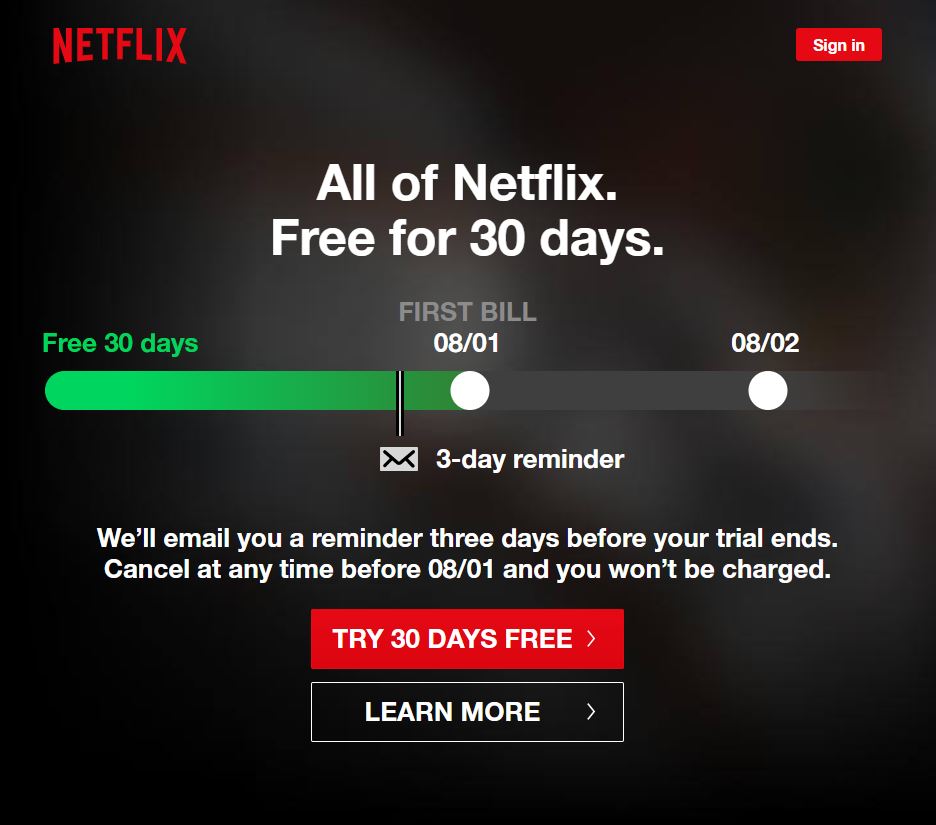
例如,看看目標。 眾所周知,這家零售巨頭會對其在線購物者使用這種策略。 如果購物者不符合公司規定的最低 35 美元,他們將無法獲得免費送貨服務。 如果他們沒有達到 Target 的最低 25 美元,他們甚至根本無法訂購該商品。
Target 用粗體表示“僅在 25 美元的訂單下發貨”,以告知購物者如果未達到最低訂單,他們將不得不支付運費。 當購物者看到這一點時,他們將被激勵進行更大的購買。

其他一些損失厭惡營銷策略是
優惠試用:研究表明,我們對擁有的物品比沒有的物品更看重。 因此,通過為您的客戶提供擁有該產品的機會——即使是短期的,您也會讓他們感到不購買該產品的損失。
限制資源:激發消費者購買的一種方法是提醒他們產品的稀缺性。 電子商務公司通常會創建一定的庫存數量,並讓客戶知道庫存是否只有幾個。
提供禮物:錯過免費禮物的想法也將成為說服訪問者進行他們最初猶豫不決的購買的一個很好的理由,無論是免費送貨,還是客戶支付一定金額時的優惠券代碼金額,或免費禮品包裝。
有些人可能認為損失厭惡和稀缺性原則相似,這在某種程度上是有效的,但各自的側重點不同。
使用稀缺原則,您可以突出項目的有限供應,但使用損失規避原則,與供應無關。 損失厭惡意味著讓消費者知道他們可能會失去他們所擁有的東西。
營銷心理學原則 5 – 錨定偏差
錨定偏差告訴我們,我們收到的與購買決策相關的第一條信息將顯著影響我們的決策過程。 什麼對你的錢包更好:買一個 3 美元的避孕套還是生孩子? 錨定是通過將產品與其他事物進行比較來影響我們如何看待產品的認知偏差。
營銷中的錨定偏差表明客戶根據他們獲得的第一個信息來評估成本和商品。
所以,如果我最喜歡的精品店通常以 60 美元的價格出售牛仔褲,但他們決定以 30 美元的價格以一半的價格出售,我會欣喜若狂地想,“我剛剛在這些牛仔褲上獲得了瘋狂的折扣”。 我什至可能會買它們。 但如果我的朋友通常購買 20 美元的牛仔褲,他們就不會像我那樣印象深刻。
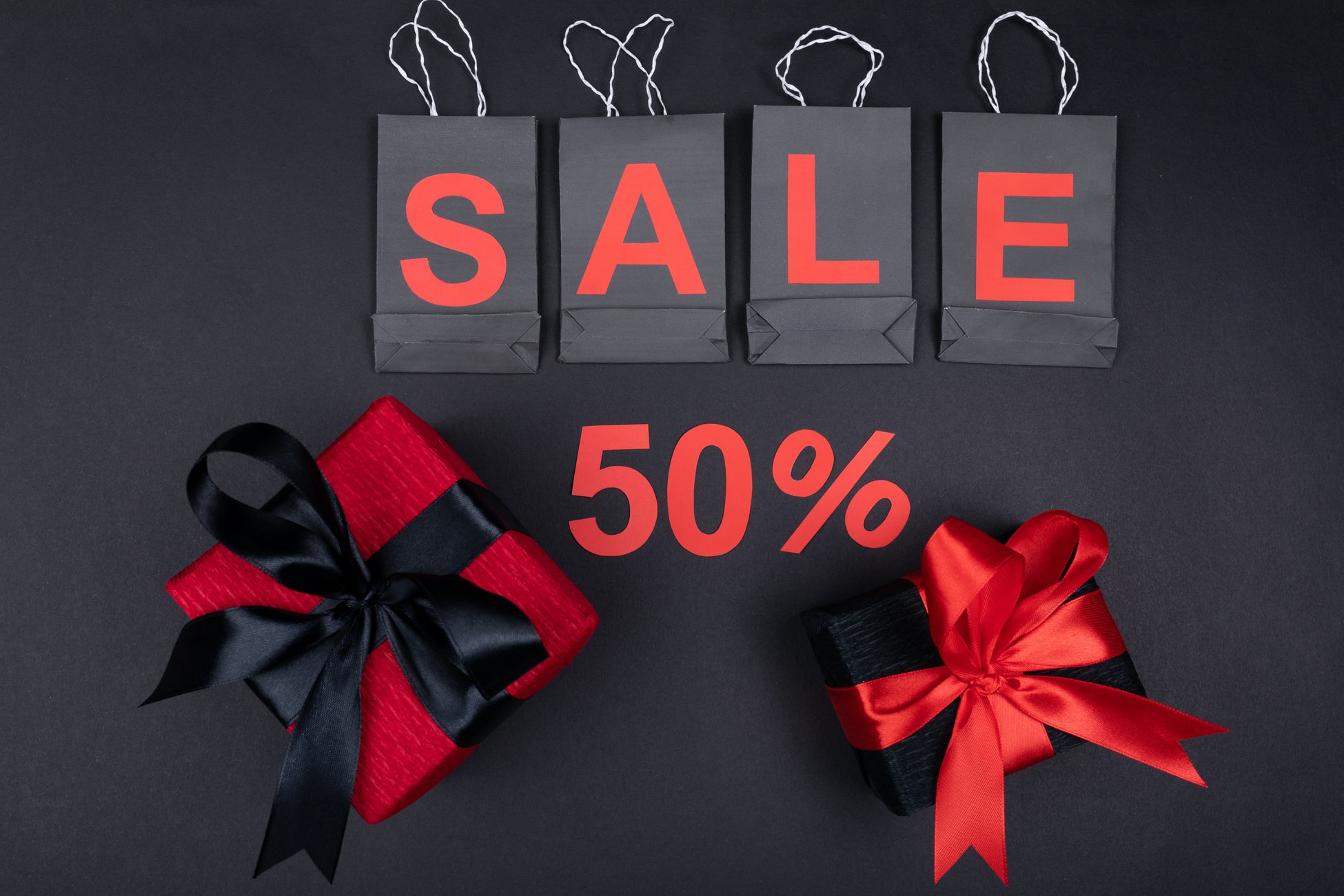
通過在銷售期間顯示實際成本和降低的費率,在您自己的業務中充分利用這一心理原則。 原始成本現在是客戶的參考點(錨點),使折扣看起來比單獨顯示折扣價更好。 您甚至可以明確說明您的客戶將通過銷售獲得多少百分比的折扣。
其他一些錨定偏差營銷策略是
選擇以 99 結尾的價格:Kenneth Manning 和 David Sprott 在使用鋼筆的研究中說明了這一點。 參與者被要求從幾乎相同的兩支普通圓珠筆中進行選擇。 一款售價 1.99 美元,另一款售價 3 美元。 82% 的參與者更喜歡便宜的鋼筆。 研究人員隨後重複了實驗,但將價格分別更改為 2 美元和 2.99 美元。 更便宜的鋼筆仍然被更頻繁地挑選,但只有 56% 的參與者。 你看,第二對筆之間的價格差距在客戶心目中並不那麼重要,而這幾美分可能會顯著增加貴公司的營業額。
提供更多產品系列:一些消費者最初會認為一件 40 美元的棉 T 卹太貴了。 然而,將同一件 T 卹放在一件 99 美元的豪華 T 卹旁邊,人們會以全新的眼光看待 40 美元的選項。 專注於少數精選商品或服務的企業通常通過銷售三個版本的產品來利用錨定偏差原則:廉價選項、中檔選項和昂貴選項。 最昂貴的選擇作為錨點,提高了中檔產品的價格門檻。 如果高級選項與中檔選項一起提供,則後者的銷售額將會增加,即使質量可能沒有變化。
一點一點地提高價格:你如何在不惹惱現有客戶的情況下提高價格? 讓我們看看蘋果的策略。 多年來,該公司一直在穩步提高價格,儘管批評者抱怨說該產品並沒有太大改善。 但是,由於每個新的價格都充當了下一次價格上漲的錨點,因此客戶發現差異相對較小並歡迎它。 因此,您可以考慮引入較小的、連續的更改,而不是一次添加所有主要且昂貴的功能,因為客戶會更傾向於在這些更改上花錢。

- 使折扣更具吸引力:您可以將“100 規則”擴展到這種情況:對於價格低於 100 美元的產品,折扣應以百分比來衡量。 例如,從 5 美元減至 3 美元相當於 40% 的折扣,比 2 美元的折扣更具吸引力,對吧? 另一方面,對於超過 100 美元的產品價格,您應該以美元量化折扣價。 例如,初始價格為 500 美元,100 美元的折扣聽起來會好於 20%。
營銷心理學原則 6 – 誘餌效應。
上述大多數原則在營銷之外都有廣泛的影響,但誘餌效應幾乎是消費者心理所獨有的,
這是一種認知偏差,即添加第三種吸引力較小的選擇會使更昂貴的產品看起來比只有兩種產品可供選擇時更好。 誘餌效應是一種經過統計驗證的策略,用於操縱人腦對理性選擇和驗證自己決定的渴望。
當只有兩種選擇時,消費者會專門比較商品的價格和質量。 然而,第三種選擇將改變提供給買家的商品的概念視圖,增加他們購買更昂貴選項的機會。
誘餌效應是蘋果大部分時間用於其項目的東西。 當我們想到蘋果和誘餌效應時,我們首先想到的是他們在其少數產品上使用了 64GB、256GB 和 512GB 的各種存儲限制,無論是 iPhone、iPad 還是 Mac,這引入了更多的排他性在其產品組合中。 誘餌效應也解釋了為什麼蘋果總是根據版本為每台設備定價,例如當前 iPhone 12、iPhone 12 Pro 和 iPhone 12 Pro Max 的價格分別為 799 美元、999 美元和 1099 美元。

您可以通過以下五個步驟將誘餌效應應用於您的報價:
- 第 1 步:選擇您的關鍵商品 - 您最希望出售的商品。
- 第 2 步:構建關鍵項目 - 關鍵項目應該比其他項目具有更高級的功能。
- 第 3 步:構建誘餌 - 目的是讓您的關鍵物品主宰誘餌並最大限度地提高其吸引力。
- 第四步:提供至少3個選項; 但不要發瘋並提供超過 5 個。
- 第 5 步:為靠近您的關鍵物品的誘餌選擇相同或略低的價格。
營銷心理學第 7 條原則——信息差距。
信息差距理論經常出現在內容和社交媒體營銷中。 您可以看到內容創建者將標題寫成問題或短語的方式所使用的理論,例如:“如何...”或“...的秘密”或“...的捷徑”這些標題用於激怒觀眾的注意力想要填補信息空白。
以下是如何在句子中使用信息差距理論的一些示例:
- 讓訪問者點擊您的博客的秘訣是使用信息差距理論。
- 提高博客流量的最佳方法是使用信息差距理論。
- 你有沒有想過如何使用心理學來改善你的在線營銷?
你能看到它是如何工作的嗎? 這些句子設定了一個目標(讓人們點擊您的博客,增加博客流量並改善您的在線營銷)以及為該目標提供解決方案(使用知識差距原理和使用心理學),但留下一個關於如何從 A 點到達 B 點的大洞。這是信息中的空白,會激發讀者的興趣,促使他們繼續閱讀。
請記住,這種營銷心理學走得太遠可能會成為點擊誘餌,許多內容創建者正在避免與文章內容不匹配的誤導性標題。
品牌還旨在通過社交媒體將粉絲引導至他們的主頁以增加流量。 無論是吸引追隨者關注最新的促銷活動還是新聞報導,您經常會發現品牌在 Instagram 快拍上使用模棱兩可的賣點並通過“向上滑動”來了解有關促銷或獨家優惠的更多信息。
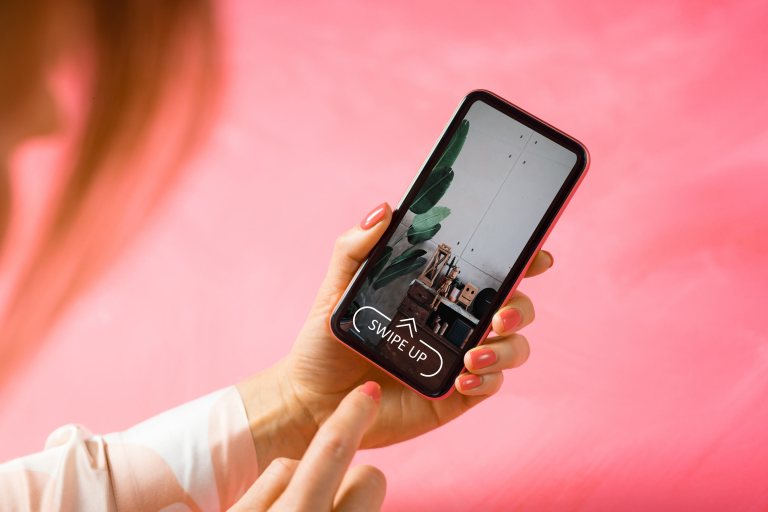
營銷心理學第 8 條原則——巴德-邁因霍夫現象。
**你有沒有聽說過什麼東西,只是在你所到之處才開始看到它? 那東西開始到處出現,很快你就開始看到它出現在日常生活中。 每當您看電視時,您會注意到品牌的廣告,但不會注意到其他任何東西。 每當你去雜貨店時,你都會走在過道上看到它。 你突然想到,每個人,包括你所有的朋友,都有這個產品。 **
您應該為此歸功於 Baader-Meinhof 現象。
Baader-Meinhof 效應也被稱為“頻率錯覺”,因為它是一種感知偏差,它描述了最近引起我們注意的名稱、術語或事物是如何在之後立即以不尋常的頻率出現的。 或者換句話說,你在地球上到處都能看到它。
從邏輯上講,那個東西一直都在,但直到你聽到它的那一刻,你才意識到它。 那麼為什麼會出現這種情況呢?
有兩種解釋為什麼這種現像如此運作。
第一個是選擇性注意,這表明當你被一個新的短語、對像或概念擊中時,你的大腦會下意識地尋找有關該主題的更多細節。 第二個是確認偏差,這意味著每當你看到任何與主題相關的東西時,你的大腦都會向你保證,這是該問題在一夜之間獲得關注的證據。
讓我們來了解一下這種 Baader-Meinhof 現像對營銷意味著什麼。
我敢肯定,如果您是營銷人員,您就會知道培養客戶和客戶的重要性。 作為一個品牌,你的目標應該是當客戶需要你能提供的東西時,他們首先想到的是他們。 你有沒有聽過有人在思考某事時說:“你是我腦海中第一個出現的人”? 如果您可以在您的行業中將您的品牌定位為“第一人稱”,那會有多大好處?
現在,借助 Baader-Meinhof 等心理現象,這項任務成為可能。 您需要做的就是培養您的觀眾。 換句話說,一旦有人開始注意到您的品牌或點擊您的網站,您就會想讓他們開始在任何地方看到您。
**那麼你如何培養你的觀眾? **
將您的營銷工作重點放在讓潛在客戶知道您通過激起好奇心的內容而存在,並讓他們質疑這些年來沒有您的產品或服務他們是如何生存下來的。 然後,您可以通過營銷策略來培養他們,例如重新定位廣告活動、有針對性的電子郵件、Facebook 和 Instagram 上的廣告提升等。
關鍵是進入他們的頭腦,讓他們開始注意到你; 讓 Baader-Meinhof 現象為您完成剩下的工作
但是,請記住,您的營銷策略需要既清晰又積極,以充分利用 Baader-Meinhof 現象。 雖然這種頻率錯覺是獨立發生的,但如果沒有具體的營銷基礎,你就無法從這種心理現像中獲得任何好處。
當您處理內容以吸引新客戶時,請確保您創建的內容清晰明了,並包含具有切實利益的積極品牌信息。
換句話說,如果您想看到這種現象採取行動,您需要付出真正的努力。 您無需努力成為運動休閒的阿迪達斯或兒童小說的哈利波特,但在做出購買決定時確保將您的品牌放在消費者名單的首位。
將心理學納入您的營銷策略的一些額外提示和技巧。
如今,營銷人員要想有效地開展工作,首先需要充分了解客戶是誰,他們想要什麼,以及是什麼促使他們購買。 對你來說,這聽起來像心理學嗎? 如果是,那是因為這些策略基於心理學理論,通常被稱為營銷心理學。
以下是將心理學納入您的營銷策略的更多提示和技巧。
1.從小處著手
**這被廣泛稱為“腳踏實地”的技術。
Freedman 和 Fraser (1966) 敲門詢問人們是否可以做一些小事,比如在請願書上簽名或在窗戶上貼上貼紙。 他們還故意跳過了幾個根本不和他們說話的地方。
後來,售票員又跑到同一個房子裡,要求比第一次更重要的事情,比如在他們的院子裡放一個大牌子,這與之前的要求有關或與另一個主題有關。
他們發現,他們已經認識的人更有可能同意他們更重要的請求,如果請求涉及一個新主題,他們願意接受的可能性幾乎是 3 倍,如果請求是關於同一問題,則願意超過 4 倍!

這對您的營銷策略意味著什麼?
如果您想激勵客戶為您做某事,一種方法是首先要求一些小事,然後逐漸擴大您的要求。 你可以看到到處都在應用這種技術的公司。 首先,非營利組織只是要求您填寫您的電子郵件地址。 接下來,他們會讓您了解他們的活動和成功。 然後,在您意識到這一點之前,他們要求您捐款。
踩門技巧的反面是面對面,你從要求大而不是從小做起。 你提出了一些重要的提議,也許是一些令人懷疑的東西,以至於客戶不得不拒絕。
2. 使用自發的獎勵計劃
你知道一些連鎖餐廳和咖啡店每次買東西都會給你的印章卡嗎? 你收集了足夠多的那些卡,你會免費用餐嗎?
In fact, while those cards are useful to some extent, they are not the most efficient way to motivate customers to return. Instead, you may want to try changeable reinforcement. Customers are rewarded spontaneously, instead of having an exact ratio reinforcement schedule, where customers are rewarded every 5th time or 10th time they come.
This strategy is based on operant conditioning in psychology, where we often associate our actions with events, for example, associating returning to a restaurant with getting a meal on the house.
Operant conditioning usually entails rewarding behavior to get more of that behavior.

Studies back this up too. Skinner has conducted a study of rewarding mice with food in two different ways:
- Reward food every 5th time it pressed a bar (fixed ratio scheduled)
- Reward food randomly (variable reinforcement).
He discovered that the second choice was more durable and required less reinforcement (less food) . The mouse will continue to press the bar even when the reward' value has sufficiently decreased, whereas non-habitually responding mice in the first option will quickly slow down their pressing rate.
What does this mean for your marketing strategies?
Although humans and animals are incompatible in some aspects, deep down, we are very similar. Imagine that a restaurant didn't tell us whether they would give us a drink for free, how would we feel? We'd be going back to improve our odds of having the free booze as often as we can, or at least we were left with the impression that the company cares for us!
Look at Cereal brands and Willy Wonka's chocolate factory for some examples. They reap the benefits of variable reinforcement by putting golden tickets in some of their cereal boxes or candy bars, fueling customers to want to purchase more for a shot to win!
3. Relate to your customers
Goldstein, Cialdini, and Griskevicius (2008) carried out a study on Using Social Norms to Motivate Environmental Conservation in Hotels . They attempted to determine what kind of message would inspire more hotel guests to reuse their towels. There were five variants of the messages.
- Standard environmental message: “help save the environment”
- Descriptive norm message: “Join your fellow guests in helping to save the environment”
- “Join your fellow guests who stayed in the same room in helping to save the environment”
- “Join your fellow citizens in helping to save the environment”
- “Join the men and women who are helping to save the environment”
As a result, the Standard Environmental Message “help save the environment” yielded a 35% of towel reuse rate, 10 to 15% less than that of the descriptive messages . What is even more interesting is that the same room identity descriptive norm condition yielded a significantly higher towel reuse rate.
**What does this research mean for marketing? **
This phenomenon where people generally view others who are closely related to them more positively is called in-group favoritism.

All in all, the easiest way to inspire your customers to do something is to suggest that other people in their circumstances have done this. Work to find common ground and make comparisons among your customers.
4. Attractively market your offers
Consider the situation below. Which one do you think is more appealing as a customer?
The initial price of an outdoor jacket is $125, and that of a tripod is $23 for the tripod. The company wants to reduce the price by $11.50 for anyone who buys both products. There are two ways to market this offer:
- $113.50 for the outdoor jacket, saved $11.50 and $23 for the tripod.
- $125 for the outdoor jacket; and 50% OFF for the tripod at $11.50.
Which option would you be more likely to buy if you had to spend 20 minutes driving to the store?
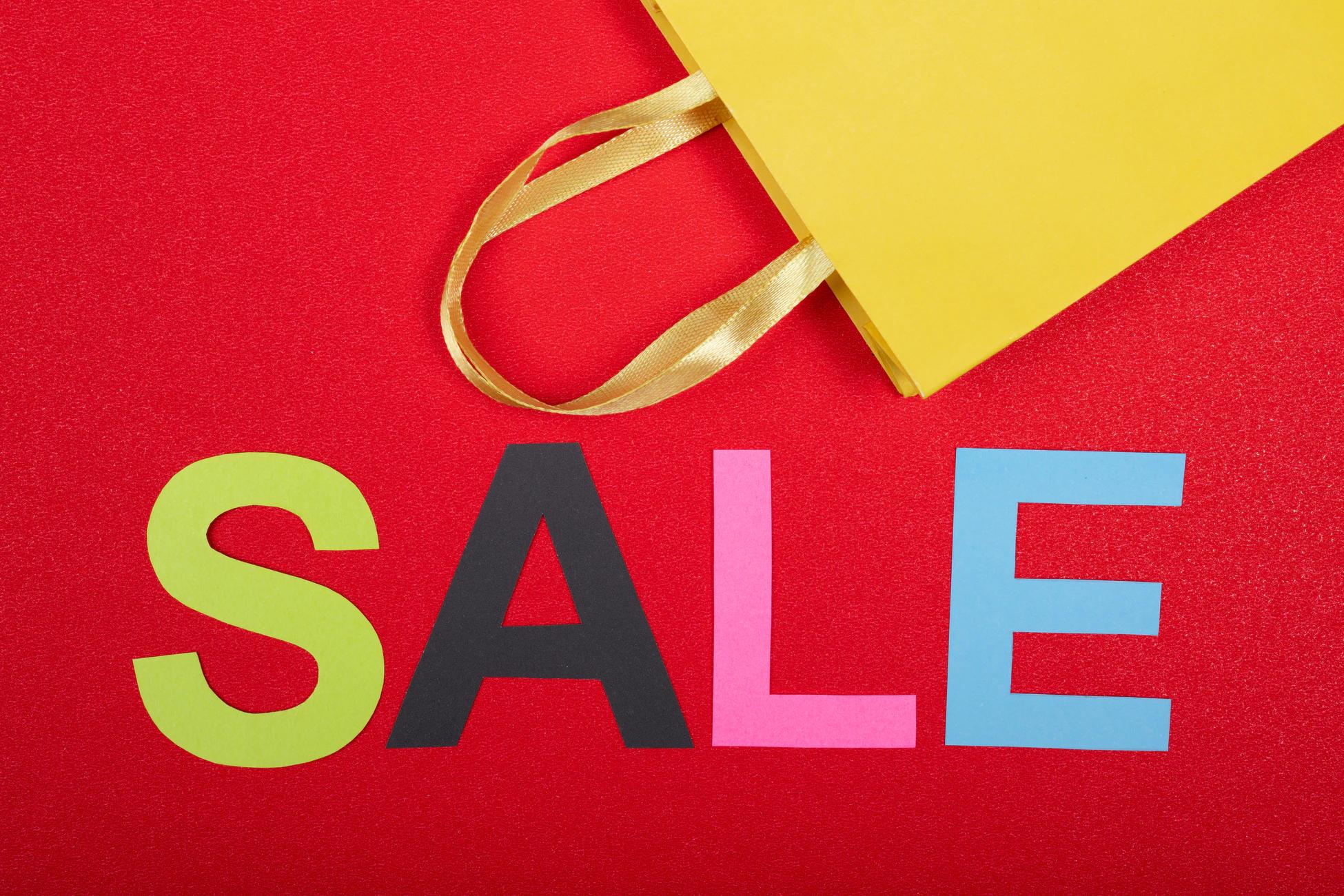
This adapted case is based on research by Kahneman and Tversky (1984). You might have realized that consumers are saving the same amount in both cases: $11.50! However, in that research, they discovered only 29% of the people were willing to purchase the jacket, while the percentage of respondents inclined to buy the tripod was 68%, more than double the jacket's figure.
What does this mean for your Marketing strategies?
The point is that consumers perceive gains and losses in relative terms, not absolute terms. Or, they think in percentage, not in the number dollar. A tripod's 50% discount of $11.50 is a larger percentage than a jacket discount of $11.50.
Be sure to consider this when designing your sales pitches and marketing messages! Think of more attractive ways to frame your messages - even if they mean the same thing.
You can extend the “rule of 100” to this context: For products that cost less than $100, the discount should be measured as a percentage. For example, a reduction from $5 to $3 amounts to a 40% discount, much more appealing than a $2 discount, right? On the other hand, for product prices more than $100, you should quantify the discounted price in dollars. For example, with an initial price of $500, a $100 discount would sound better than 20%.
5. Capture your audience's attention
Castel, Vendetti, and Holyoak surveyed employees in a building in 2012. While the average time that the employees had been working in that building was 4.5 years, only 25% of the surveyed people knew the nearest fire extinguisher's location. It is surprising to how low the figure is, given how dangerous it could be not to pay attention to these sorts of things.
What does this mean for your Marketing strategies?
Make sure to get and direct your audience's attention. If you're writing a blog and want your audience to pay attention to an important image, video, link, or call to action, be sure to draw their attention to that. You can try specifically addressing it in your writing or by making it stand out on the screen.
However, remember not to clutter your websites. I guess we've all been victims of loads of advertising and content on websites, which can be incredibly confusing and make it impossible to figure out what to concentrate on. In these situations, If I read a post, for example, I would find myself scrolling through and missing everything other than the text. But oftentimes, I found out that there was a picture or table I skipped that had very important information.
Don't do this with the fantastic content you've produced, especially in this era of information abundance, which has contributed to short attention spans. Instead, strive to engage and catch their complete attention from the viewer.
6. Give your customers an Anchoring Price Point
Check out: Marketing Psychology Principle number 5 – Anchoring Bias
Customers who are not knowledgeable about your industry or products' price range may seek a reference point or an anchoring price point to examine. If it is the case with you, you can seize the opportunity by providing what your customer needs to make a buying decision.
Let's say you're on the call with a potential customer, who may or may not be knowledgeable about the products' reasonable price point. In other words, they do not know anything about the prices of rival products or your product's future quality. If it's via email, your potential customer will have more time to analyze and ponder the price further. However, with a phone call, time is constrained, and they have to think and react immediately to the deal.
This would be a perfect situation for you to throw an anchoring point. Maybe start by proposing a fairly high (but not ridiculously high) price that sets an anchor on which to base your customer. They will use this as their only data point, with no prior information. It is possible that further thought and debate will be gathered around this starting point.

Throwing an anchoring point aligns with the technique mentioned above called door-in-the-face, where you start high and then later negotiate a bit lower.
However, you need to be very cautious in deciding whether your customer is knowledgeable about the field or not. You don't want to risk upsetting an informed customer by assuming they are not familiar and giving a price that they know is ridiculous relative to competing products. Some educated customers might not take it seriously, but others might. Anchoring is validated by scientific proof, but at the end of the day, beginning with a high price is simply an idea. It's up to you to determine how best to respond to and apply to your conditions.
7. Get your customers to put in some effort
If you want someone to remember some information longer, Craik and Tulving (1975) demonstrated in a study that you need to get them to put in more effort. Or you can say: the depth of processing will determine how customers think of you.
Craik and Tulving presented a list of words to the subjects and instructed them to perform a task with each word. Then, they asked people to remember as many words as they could.
- Press 'a' if the word is in capital letter, press 'b' if not (15%)
- Press 'a' if the word rhymes with train, 'b' if not (47%)
- Press 'a' if the word fits the sentence “he saw a ____ in the street” (81%).
The researchers later found out that the more effort the subjects had to invest in their learning (the greater their processing depth), the more vocabulary they recalled.
What does this mean for your Marketing strategies?
So how are you going to put your audience to work, but not in a horrific way? Think about the content that arouses your interest the most in your Facebook or Twitter feed. Is it the ads on your feed that are blended into the images of puppies? Or is it the BuzzFeed Quizzes “Which Cartoon Character Are You?”
Probably the latter! To maximize profits with your marketing endeavors, think about ways to incorporate similar quizzes and activities into your campaigns. If you work for a smartphone company, maybe you could make a quiz, “Which Smartphones Are You?” Similarly, if you're the content creator of a company that has different types of products, you can make a quiz “Which _____ Are You?” to help customers buy the most suitable products.
Or, you can gamify your ads.
In other words, make your advertisements playable.
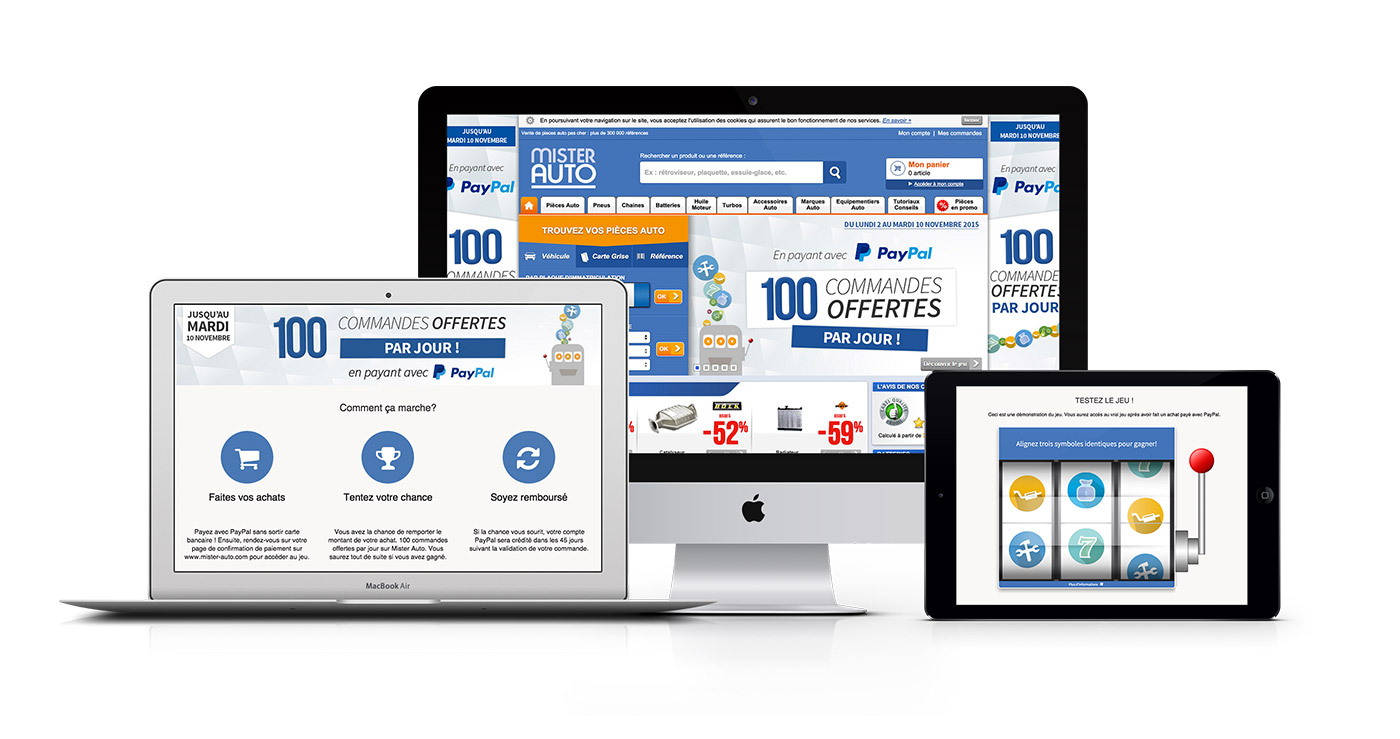
For years, gaming developers have used playable ads to stand out in a competitive market by letting people to “easily” demo a game before downloading it, with no conditions attached.
Non-gaming developers are also looking to use playable advertising to showcase their app capabilities and areas of focus and to interact in a gamified, unforgettable way with users.
According to a 2019 study conducted in eMarketer, playable ads are the most potent in-app ad format, with 28 percent of US agency practitioners giving top scores to playable ads.
Mobile advertisers more often use playable ads to push app downloads. The ads can also be for other purposes, such as driving sign-ups, page clicks, app re-engagement, and customer retention, as well as branding strategies.
For instance, Reese's generated brand awareness for Reese's Pieces with a playable ad in the Pac-Man style, in which players swallow Reese's Pieces instead of the usual pellets and ghosts. This brilliant marketing campaign has generated high interaction and repeats plays
Or you can look at PayPal for another example. In 2019, PayPal recently introduced a new feature for instant transfer. The company then built a playable experience to advertise the feature to current users and to attract potential users to try the service. Creating a playable experience helps PayPal attract new and keep existing customers in an innovative way.
8. Make your customers say “yes”
YES is a very powerful word. It's the green light at the door that lets you in. Having people say yes to little things before going for the win is an age-old sales strategy. This provides a feeling of connection and pleasantness. Many companies use social media to make customers say yes to their offers: pump up an audience with social marketing, get them to take a minor step (watch a video or sign up for an email list), gain trust, and convert. This entire process is a series of small agreements which gradually open the door to a sale.
結論
It is recommended that you start each marketing campaign by humanizing your end user. This is particularly important for any smart marketer. Marketing psychology on its own would not be enough to get the job done, though. There is no perfect general implementation. You need to incorporate marketing psychology with other marketing techniques that make sense of the product or service you offer to optimize success. In other words, approach from all directions.
Ongoing enhancement and refining help to optimize ad strategies, so you also should spend time on it. A blanket approach is rarely of use in any real-life situations. At the end of the day, discovering your own magic formula for success is up to you.
Remember, there is no “one-size fit-all” marketing strategy. What makes one business successful may turn another down. All in all, study your customers, figure out what they want and need, then work to find the finest way to close the deal.
Now, it's high time you put the theory to practice and apply psychology to your own marketing!
